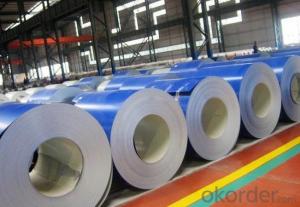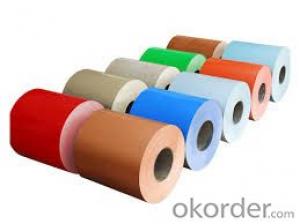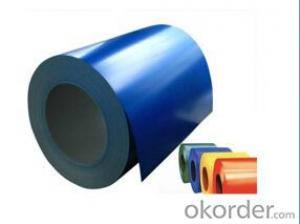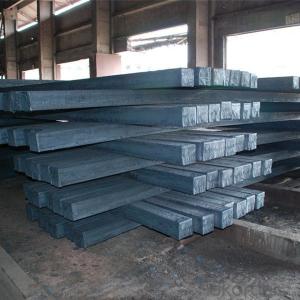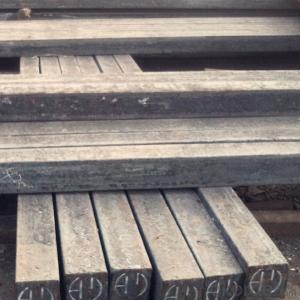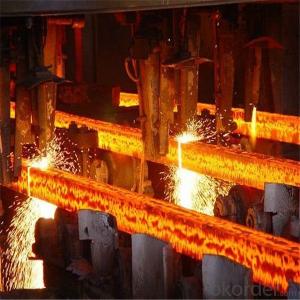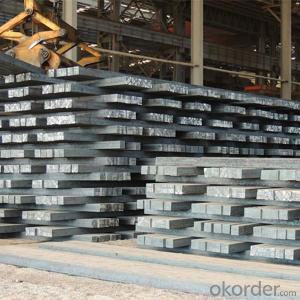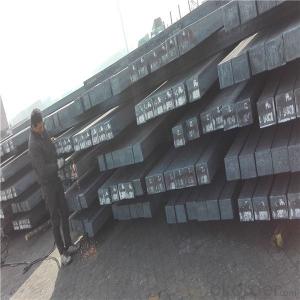Square Steel Billet, Square Bar, Mild Steel Billet From China Manufacturer
- Loading Port:
- China main port
- Payment Terms:
- TT OR LC
- Min Order Qty:
- 1000 m.t.
- Supply Capability:
- 50000 m.t./month
OKorder Service Pledge
OKorder Financial Service
You Might Also Like
Specification
Square steel billet, square bar, mild steel billet best price from China manufacturer
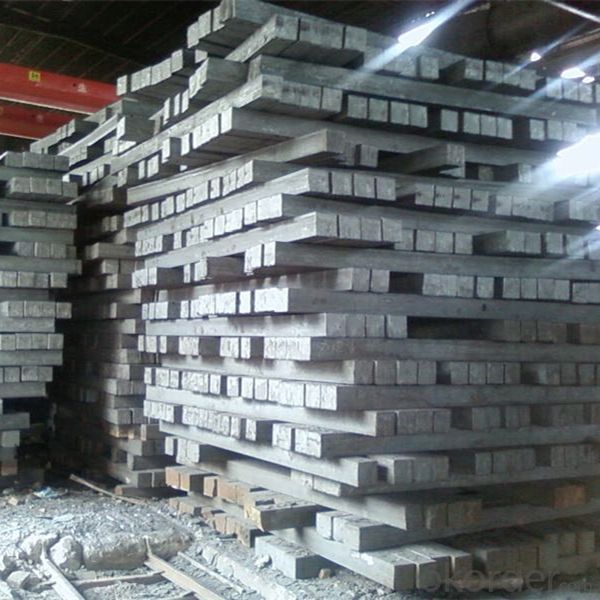
| Name: | Square bar |
| LENGTH: | 6 meter to 12 meter (+ 50mm) |
| Size: | 100*100, 120*120, 150*150, 200*200 |
| Grade: | 3SP,5SP,Q235,20MnSi. |
| Shape: | Square, Round |
| Technique: | Hot-Rolled |
| Standard: | ASTM/GB |
| BENDING | No more than 5mm in 1 meter No more than 30mm in 6 meter No more than 60mm in 12 meter |
| ANGULAR TWIST | No more than 1 degree per meter and not more than 6 degree over 12 meter length. |
| Chemical composition | C, Si, Mn, P, S, N, etc |
Product Description
Chemical Properties
| Size | 60*60/90*90/100*100/120*120/150*150 |
| Length | 6000mm-12000mm |
| Standard | GB |
| Application | To produce bars or other applications |
| Grade | Q195/Q235/Q275/3SP/5SP/20MnSi |
| Packing terms | TT/LC |
| Package | Mill's standard packing or as client's requirement |
| Delivery time | Within 10-30 days after receiving the deposit or LC |
Chemical Composition
| Standard | C(%) | Mn(%) | S(%) | P(%) | Si(%) |
| Q195 | ≤0.12 | ≤0.50 | ≤0.040 | ≤0.035 | ≤0.30 |
| Q235 | ≤0.20 | ≤1.40 | ≤0.045 | ≤0.045 | ≤0.35 |
| Q275 | ≤0.22 | ≤1.50 | ≤0.045 | ≤0.045 | ≤0.35 |
| 20MnSi | 0.17-0.25 | 1.2-1.6 | ≤ 0.050 | ≤ 0.050 | 0.40-0.80 |
| 3SP | 0.14-0.22 | 0.40-0.85 | ≤ 0.050 | ≤ 0.040 | 0.05-0.15 |
| 5SP | 0.28-0.37 | 0.50-1.00 | ≤ 0.050 | ≤ 0.040 | 0.15-0.30 |
FAQ
1. Q: Where is your company located? How can I visit there?
A: Our company is located in Beijing, China. Welcome to visit us.
2. Q: Can I get sample and how long will it take?
A:Yes. We can supply sample. And you need to pay for courier.
3. Q: What's the MOQ?
A: Our MOQ is 1000mt.
4. Q: What's the delivery time?
A: It will take about 30-45 days after TT or L/C.
5. Q: What is the payment terms?
A: T/T, L/C at sight
6. Q: How does your factory carry out quality control?
A: We attach great importance to quality control.Every part of our products has its own QC.
7. Q: What certificate do you have?
A: We have SGS, ISO9001 etc. Also we can apply any certificate if you need if the qty is OK.
- Q: I'm talking about the sort of carbon fiber that's used in the auto industry (mostly in supercars).If an object made of steel were to be copied by an exact same object, but made of carbon fiber - how lighter would the carbon fiber object be?For example, if a table is made of steel and it weighs X, how much will it weigh if it were made of carbon fiber?Thanks.
- by 6L8
- Q: What are the common size limitations for steel coil production?
- The size limitations for steel coil production can vary based on various factors, including the type of steel used, the manufacturing process, and the available equipment. However, there are generally accepted size limitations in the industry. One primary constraint is the width of the steel coil, which is typically determined by the size of the rolling mill or slitting equipment used in production. Standard widths for steel coil production range from approximately 600 millimeters (23.6 inches) to 2,000 millimeters (78.7 inches). Nonetheless, specialized equipment and processes can achieve widths outside of this range. Another limitation is the thickness of the steel coil, which can be influenced by the type of steel, intended application, and manufacturing capabilities. Common thicknesses for steel coils range from 0.15 millimeters (0.006 inches) to 6 millimeters (0.236 inches). However, specialized equipment and processes may be required to produce thicker or thinner coils. The weight of the steel coil is also an important consideration, typically determined by the capacity of production and handling equipment, as well as transportation limitations. Standard coil weights range from a few hundred kilograms to several tons. However, larger equipment or dividing the coil into smaller coils can enable the production of coils that exceed these limits. In addition to width, thickness, and weight, there may also be limitations on the length of the steel coil. This can be influenced by factors such as the size of the production line, handling and transportation capabilities, and customer requirements. Standard coil lengths typically range from a few meters to several tens of meters. However, specialized equipment and processes can produce longer coils. It is important to note that these size limitations are not fixed and can vary depending on project or customer requirements. Manufacturers often collaborate closely with customers to determine the optimal size limitations for their steel coil production, ensuring the final product meets desired specifications.
- Q: What are the different coil coatings available for steel coils?
- Steel coils have a variety of coil coatings to choose from, each with its own unique benefits and characteristics. The industry commonly uses the following coil coatings: 1. Polyester coil coatings: These coatings are widely utilized because of their exceptional durability and resistance to fading, scratching, and corrosion. They offer good UV resistance and are available in a wide array of colors. 2. Polyvinylidene fluoride (PVDF) coatings: PVDF coatings are renowned for their outstanding resistance to weathering and UV radiation. They provide excellent color and gloss retention, as well as overall durability, making them ideal for outdoor applications. 3. Polyurethane coil coatings: These coatings offer a high level of flexibility and abrasion resistance. They have excellent chemical resistance and are often employed in industries such as automotive and appliances. 4. Silicone modified polyester (SMP) coatings: SMP coatings are known for their resistance to fading, chalking, and cracking. They provide exceptional weather resistance and are commonly used in architectural applications. 5. Epoxy coil coatings: Epoxy coatings are recognized for their remarkable adhesion and chemical resistance. They are frequently utilized in demanding environments like automotive parts and appliances. 6. Plastisol coatings: Plastisol coatings, which are PVC-based, form a thick and flexible film on the surface of the steel coil. They offer excellent corrosion resistance and are commonly used in the construction industry. These examples illustrate the range of coil coatings available for steel coils. The choice of coating depends on factors such as the intended application, environmental conditions, desired appearance, and required performance characteristics. Seeking advice from a coil coating specialist can help determine the most suitable coating for a specific project.
- Q: What is the maximum load capacity for steel coil storage racks?
- The maximum load capacity for steel coil storage racks can vary depending on the specific design and specifications of the rack. However, typically, steel coil storage racks can support loads ranging from a few thousand pounds to tens of thousands of pounds per level. It is important to refer to the manufacturer's guidelines and consult with structural engineers to determine the exact load capacity for a particular rack.
- Q: How are steel coils used in the production of transportation equipment?
- Steel coils are used in the production of transportation equipment, such as automobiles, ships, and trains, to create various structural components. These coils are typically shaped and formed into parts like chassis, frames, bodies, and panels, providing strength, durability, and stability to the vehicles. Additionally, steel coils can be used in the manufacturing of wheels, axles, and suspension systems, ensuring reliable performance and safety in transportation equipment.
- Q: What are the advantages of using steel coils?
- There are several advantages of using steel coils. Firstly, steel coils are highly durable and have a longer lifespan compared to other materials, making them ideal for long-term use. Additionally, steel coils have excellent strength-to-weight ratio, allowing them to withstand heavy loads without compromising structural integrity. They also provide superior resistance to corrosion, making them suitable for various environments, including high humidity or coastal areas. Furthermore, steel coils can be easily recycled, making them an environmentally friendly choice. Overall, the advantages of using steel coils include durability, strength, corrosion resistance, and sustainability.
- Q: Are steel coils corrosion-resistant?
- Yes, steel coils can be corrosion-resistant depending on the type of steel used and any additional protective coatings applied.
- Q: How are steel coils transported internationally?
- Steel coils are typically transported internationally using various modes of transportation such as ships, rail, and trucks. Ships are commonly used for long-distance transportation, where steel coils are loaded onto specialized vessels equipped with cranes for efficient loading and unloading. Rail and trucks are often used for shorter distances or for transporting steel coils from the port to the final destination. Specialized equipment such as flatbed trailers or intermodal containers are utilized to ensure the safe and secure transport of steel coils.
- Q: Are steel coils susceptible to damage during storage or transportation?
- Yes, steel coils are susceptible to damage during storage or transportation. Steel coils are often heavy and can be prone to deformation, bending, and scratching if mishandled. Additionally, improper stacking or securing during transportation can lead to shifting or movement of the coils, which can cause damage. Furthermore, exposure to moisture, extreme temperatures, or corrosive substances can also affect the integrity of the steel coils. Therefore, it is crucial to handle, store, and transport steel coils carefully to minimize the risk of damage and ensure their quality and usability.
- Q: How are steel coils used in the manufacturing of appliances?
- Steel coils are used in the manufacturing of appliances as a primary material for constructing the appliance's body or frame. The coils are shaped and molded to form the necessary components, providing strength, durability, and stability to the appliance.
Send your message to us
Square Steel Billet, Square Bar, Mild Steel Billet From China Manufacturer
- Loading Port:
- China main port
- Payment Terms:
- TT OR LC
- Min Order Qty:
- 1000 m.t.
- Supply Capability:
- 50000 m.t./month
OKorder Service Pledge
OKorder Financial Service
Similar products
Hot products
Hot Searches
Related keywords









